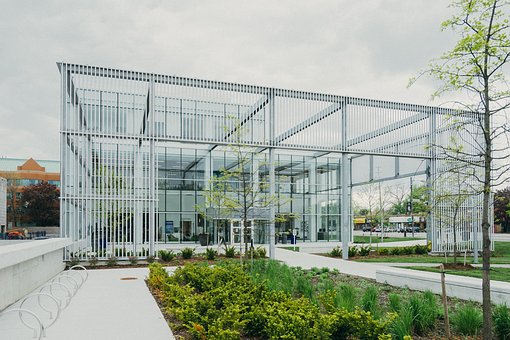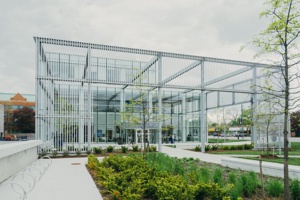Dailycsr.com – 25 June 2018 – Design studios are making “workplace wellness” as their central focus, whereby promoting biophilic design. A recent survey conducted by the “International Living Future Institute”, in short ILFI, revealed the increasing popularity of biophilic design.
In another poll of ILFI concerning the “deep green building movement”, which took place earlier in the year, “architects, designers and other stakeholders” were involved. The aim was to assess the “current thinking” on using biophilic design as a tool for solving occupational “health and wellbeing” issues integrating the concept right at the “design process”.
As many as “709” replied to the above mentioned “email survey”, below are given the results, as mentioned ILFI:
In another poll of ILFI concerning the “deep green building movement”, which took place earlier in the year, “architects, designers and other stakeholders” were involved. The aim was to assess the “current thinking” on using biophilic design as a tool for solving occupational “health and wellbeing” issues integrating the concept right at the “design process”.
As many as “709” replied to the above mentioned “email survey”, below are given the results, as mentioned ILFI:
- 76% affirm that “occupant health and wellbeing is a conversation we are having in our design studio/about our projects.”
- 64% agree that “biophilic design is an important design tool”
- 52% agree that “we will be incorporating biophilic design in 2018 projects”
Matt Piccone, one of the survey respondent, who is from the “Sustainability Resource Group at SERA Architects in Portland”, said:
“Biophilic Design provides a relatable framework for implementing and valuing regenerative design. It helps to translate design speak into human speak.”
The concept of biophilia came in the year of 1984, as biologist E.O. Wilson, said during the introduction that it is “the innate connection we have with nature”. Since then, biophilia has carved out a niche into the field of architecture. While, ILFI is a firm believer in using nature driven inspirations as a “transformative” agent which not only impacts “health and wellbeing”, also acts as a “critical” stop-gate for climate change.
In the words of ILFI, Amanda Sturgeon:
“There’s a magic chemistry that happens between nature and architecture that can connect us to a place and ground us at the same time. Biophilic design as a discipline is really all about tapping into our primal need to be a part of nature and not apart from nature – it’s how we reconnect to ourselves, and to one another.”
References:
3blmedia.com


 Magical Chemistry Becomes A Design Tool To Address Workplace Wellbeing
Magical Chemistry Becomes A Design Tool To Address Workplace Wellbeing





 Companies
Companies